Business
20 megacorporations you didn't know run the economy
Published
11 months agoon
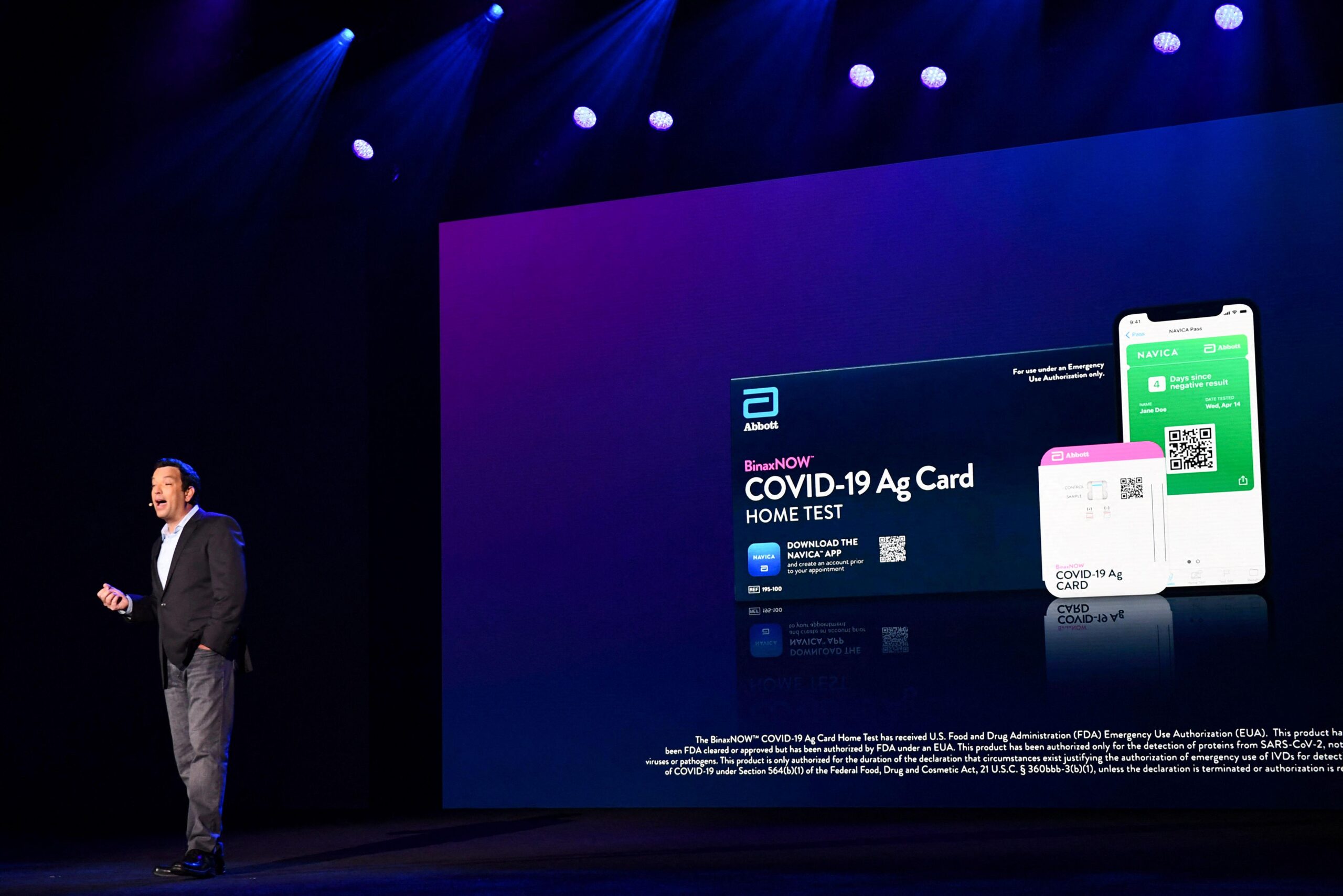
If you like to support small brands when you shop, you might be surprised to find out that many labels that seem to be small are really owned by larger conglomerates. Conglomerates are company structures that combine multiple businesses together as subsidiaries under one parent company. These subsidiary companies are often in different industries that may not relate to one another.
CouponBirds analyzed the Forbes Global 2000 list to identify 20 U.S.-based conglomerates with a high overall value of their assets and acquisitions over time, as well as major sway in the economy.
Company leaders opt for a conglomerate structure because it can increase corporate revenues, help a company expand into other countries, create greater efficiencies through economies of scale, spread out market risk, and prevent takeovers.
The conglomerate model in the U.S. may be losing its Midas touch, as some companies are starting to break up their businesses into distinct companies in hopes that better product alignment will stimulate growth—and stock prices. By the end of 2023, for instance, Kellogg Company plans to split its global snacks and North American cereal businesses into two separate companies called Kellanova and WK Kellogg Co., respectively.
![]()
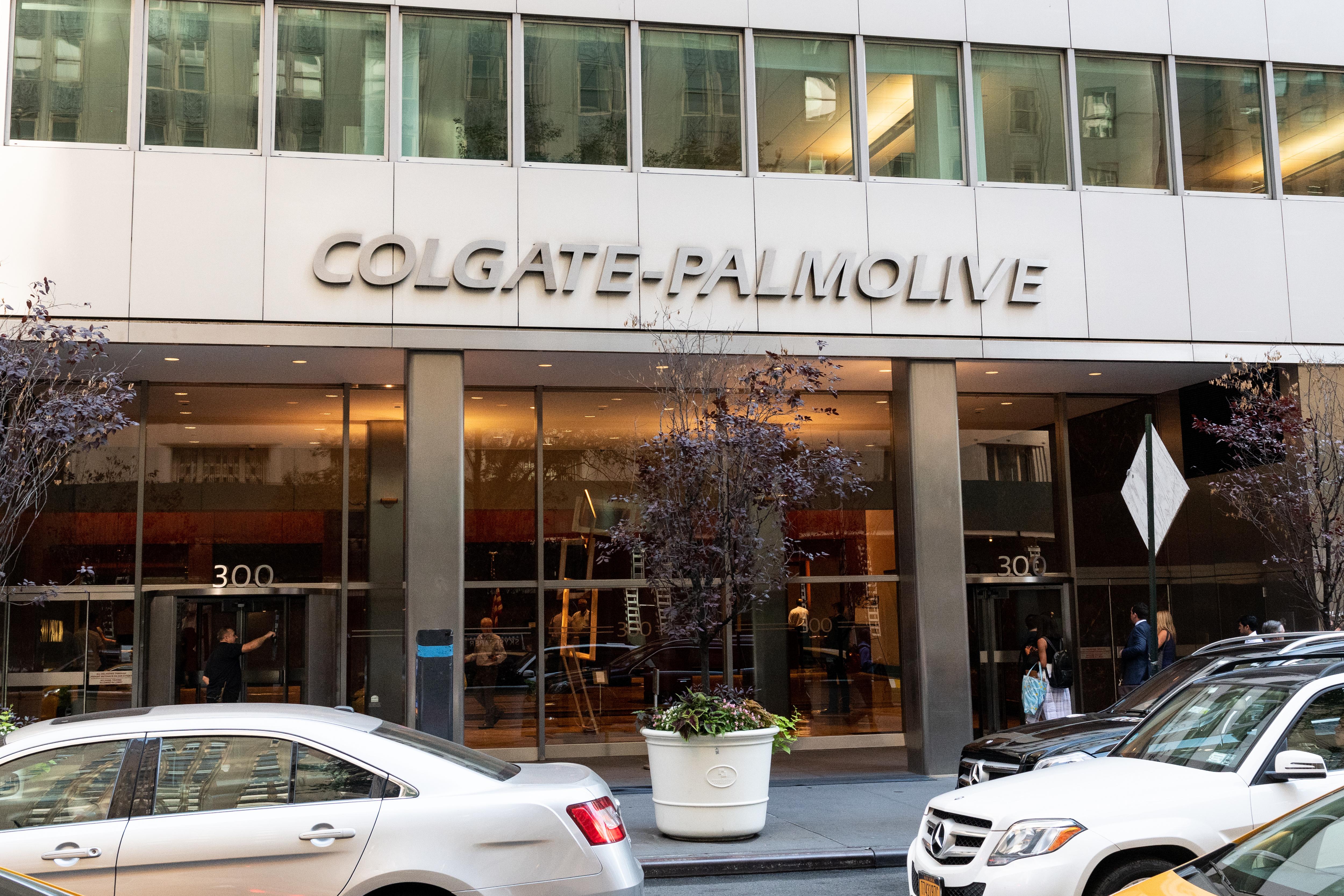
Michael Brochstein/SOPA Images/LightRocket // Getty Images
Colgate-Palmolive
Sales: $17.42 billion
Market value: $68.17 billion
Number of companies/divisions: 4
The 1928 merger of Colgate and Palmolive-Peet founded this conglomerate, blending the two companies’ oral care and home care brands. Over the next 94 years, the company grew by acquiring Hoyt Laboratories, Softsoap, Murphy’s Oil Soap, Mennen, Tom’s of Maine, and Hello Product. Today, this global player has 32 brands in the oral care, pet nutrition, personal care, and home care categories.
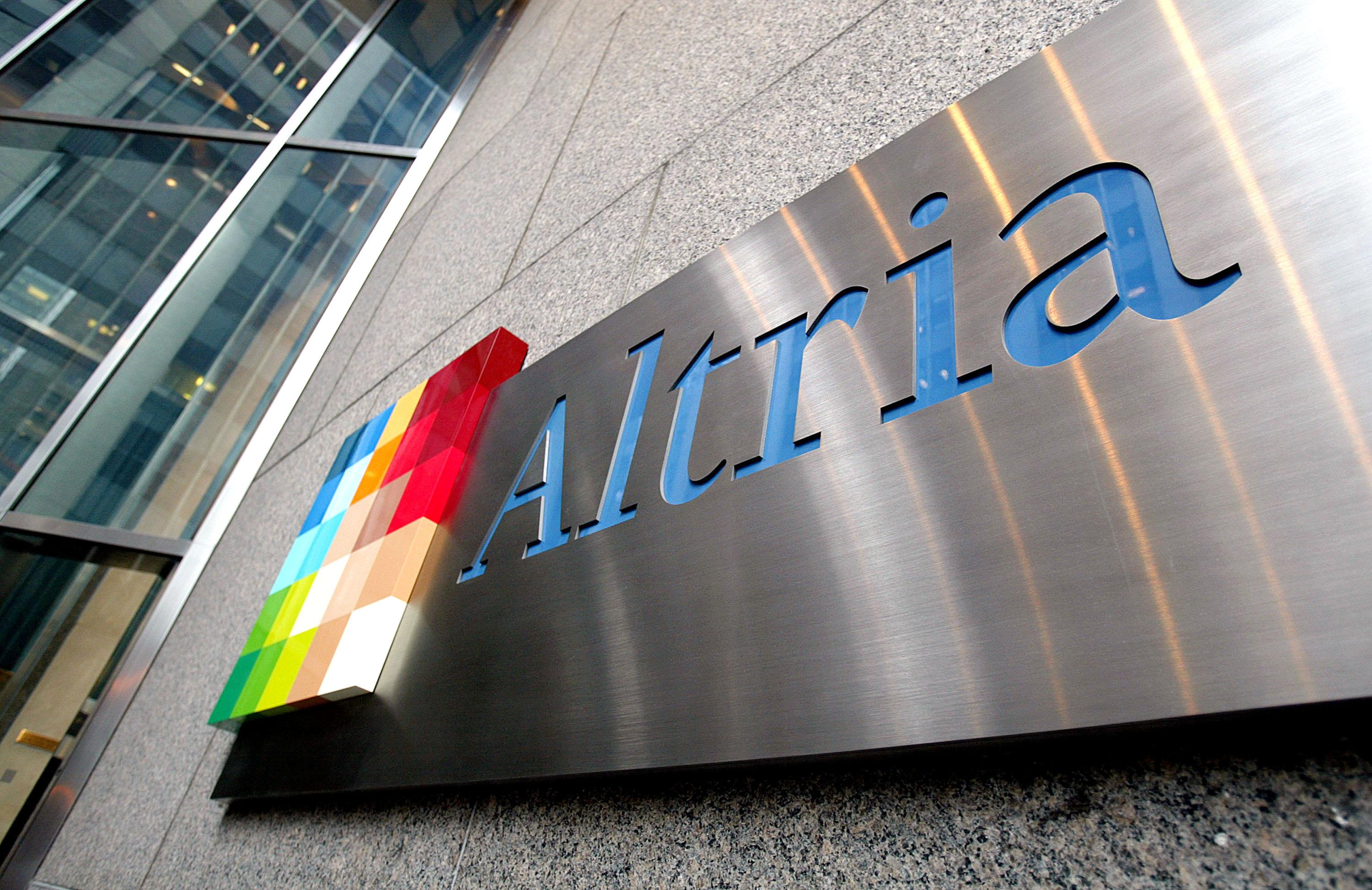
Mario Tama // Getty Images
Altria Group
Sales: $21.11 billion
Market value: $100.66 billion
Number of companies: 4
When it comes to tobacco products, Altria is a major conglomerate with operating companies that cover the major industry channels. Cigarette manufacturer Philip Morris has a 47.9% market share in the U.S., led by Marlboro. Altria’s other companies include U.S. Smokeless Tobacco Company, which makes Copenhagen and Skoal; John Middleton, which makes pipe tobacco and cigars; and Helix Innovations, which manufactures nicotine pouches.
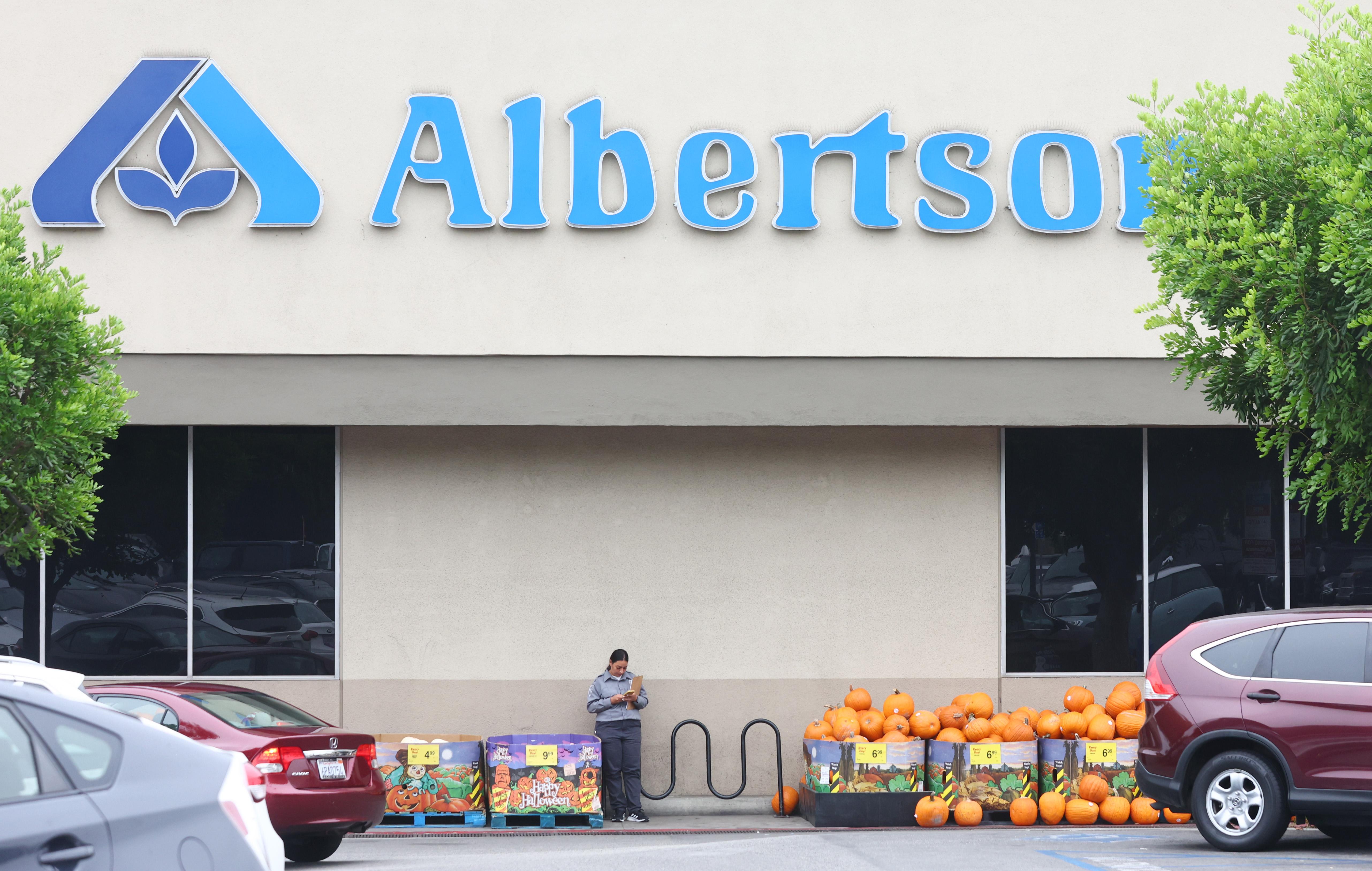
Mario Tama // Getty Images
Albertsons
Sales: $71.89 billion
Market value: $15.57 billion
Number of companies/divisions: 20
Your local grocery store may actually be part of a conglomerate. Albertsons owns groceries, gas stations, and in-store pharmacies for 20 brands in 34 states and Washington D.C., including Safeway, Vons, Jewel-Osco, Shaw’s, Star Market, and Randalls. The grocer is planning another megamerger: In October 2022, it agreed to be acquired by Kroger, which, if approved by the Federal Trade Commission, would be one of the largest grocery mergers in U.S. history.
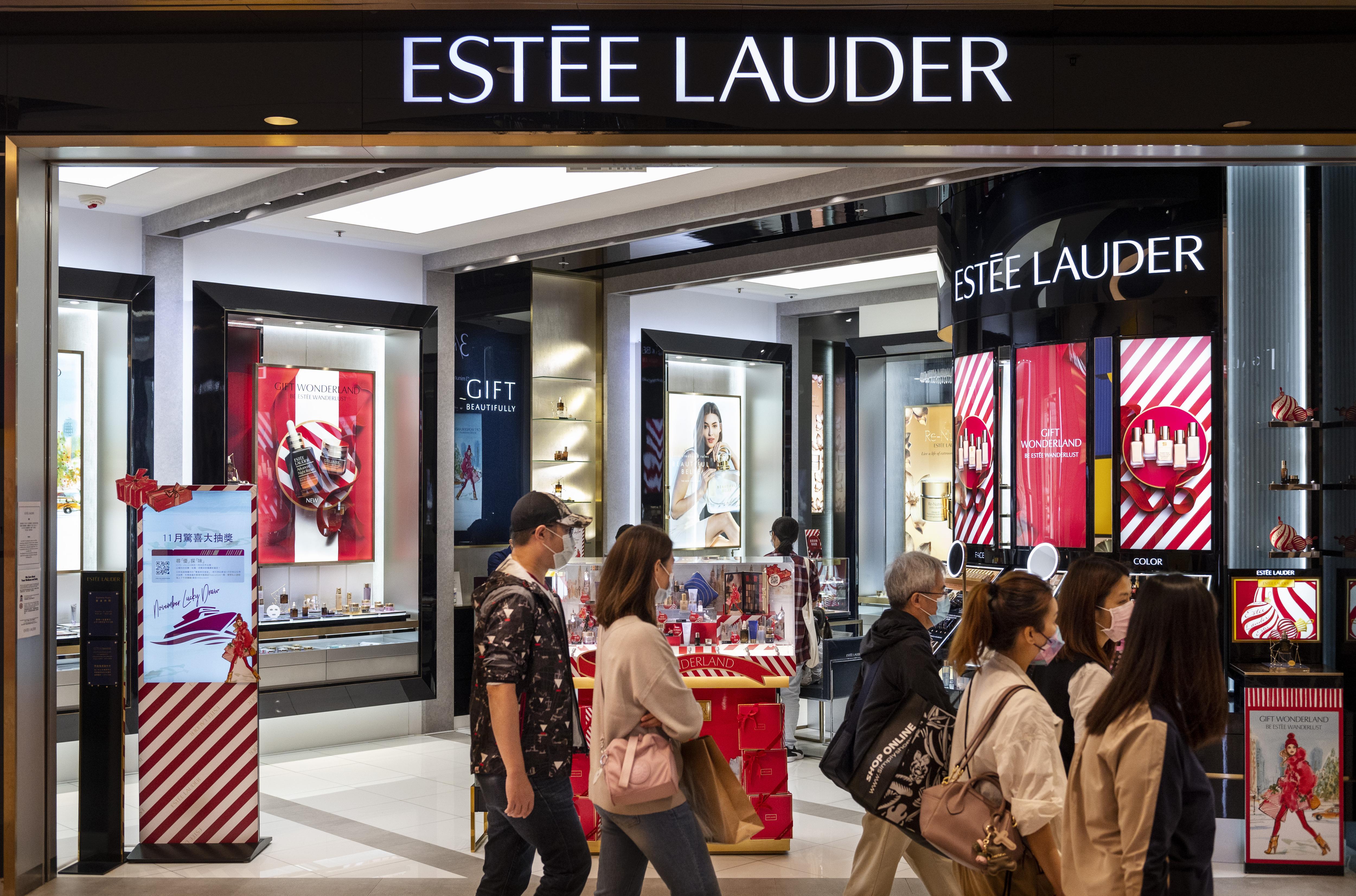
Chukrut Budrul/SOPA Images/LightRocket // Getty Images
Estee Lauder Companies
Sales: $17.77 billion
Market value: $94.7 billion
Number of companies/divisions: 4
Estée Lauder launched her beauty company in 1946 with four skin care products. Since then, the company has expanded to encompass 21 brands within the skin care, makeup, fragrance, and hair care categories. With its acquisition of Tom Ford’s company in November 2022, Estée Lauder now has a presence in the apparel industry.
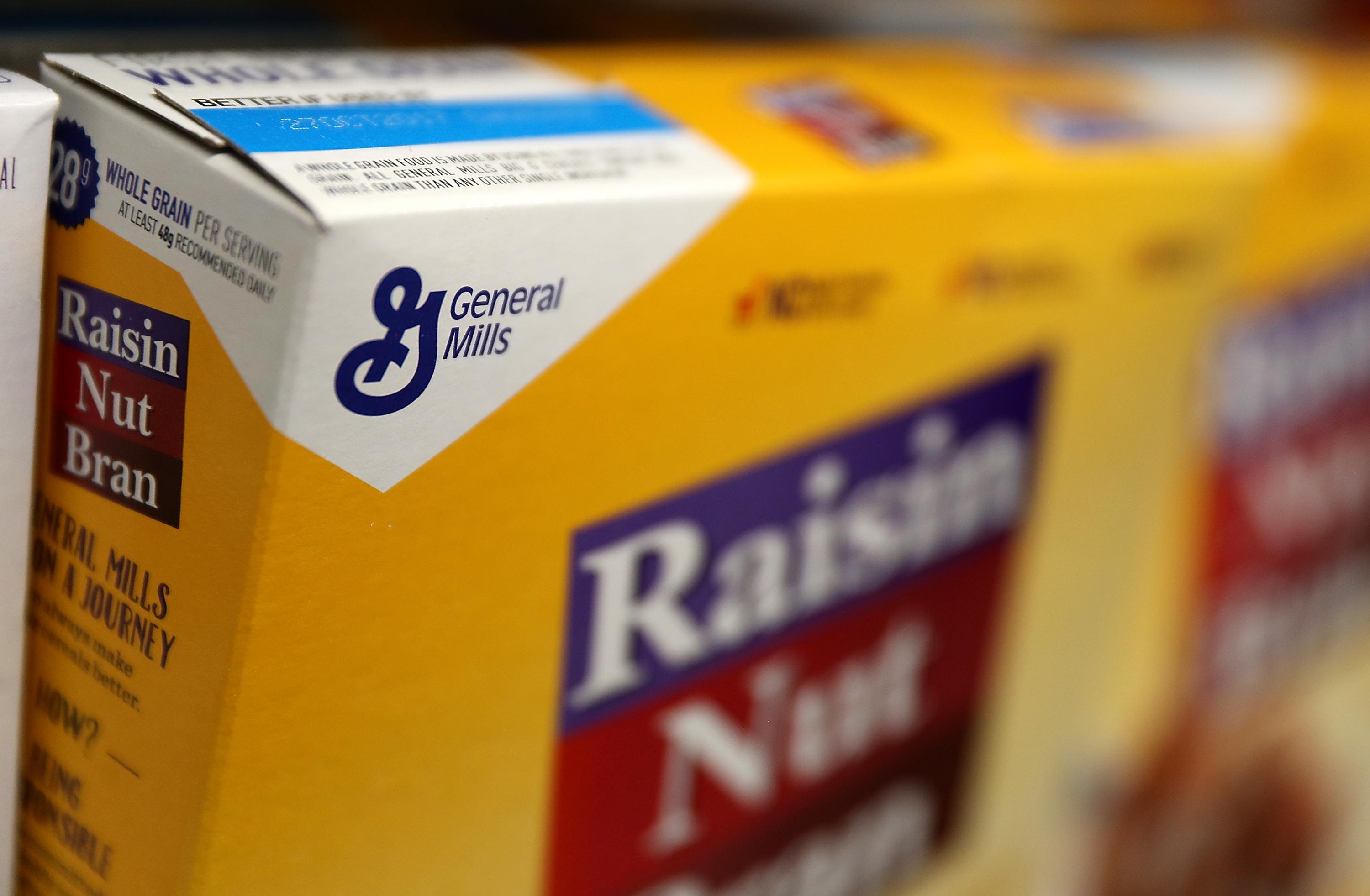
Justin Sullivan // Getty Images
General Mills
Sales: $18.63 billion
Market value: $43.66 billion
Number of product categories: 8
General Mills has a product in nearly every aisle of the grocery store. The company made acquisitions throughout its history—including a foray into the restaurant business in 1970 with the purchase of Red Lobster, which it spun off in 1995. However, it sealed its status as a conglomerate in 2001 with the purchase of the Pillsbury Company, which spread the company’s interests to more food categories beyond cereal.
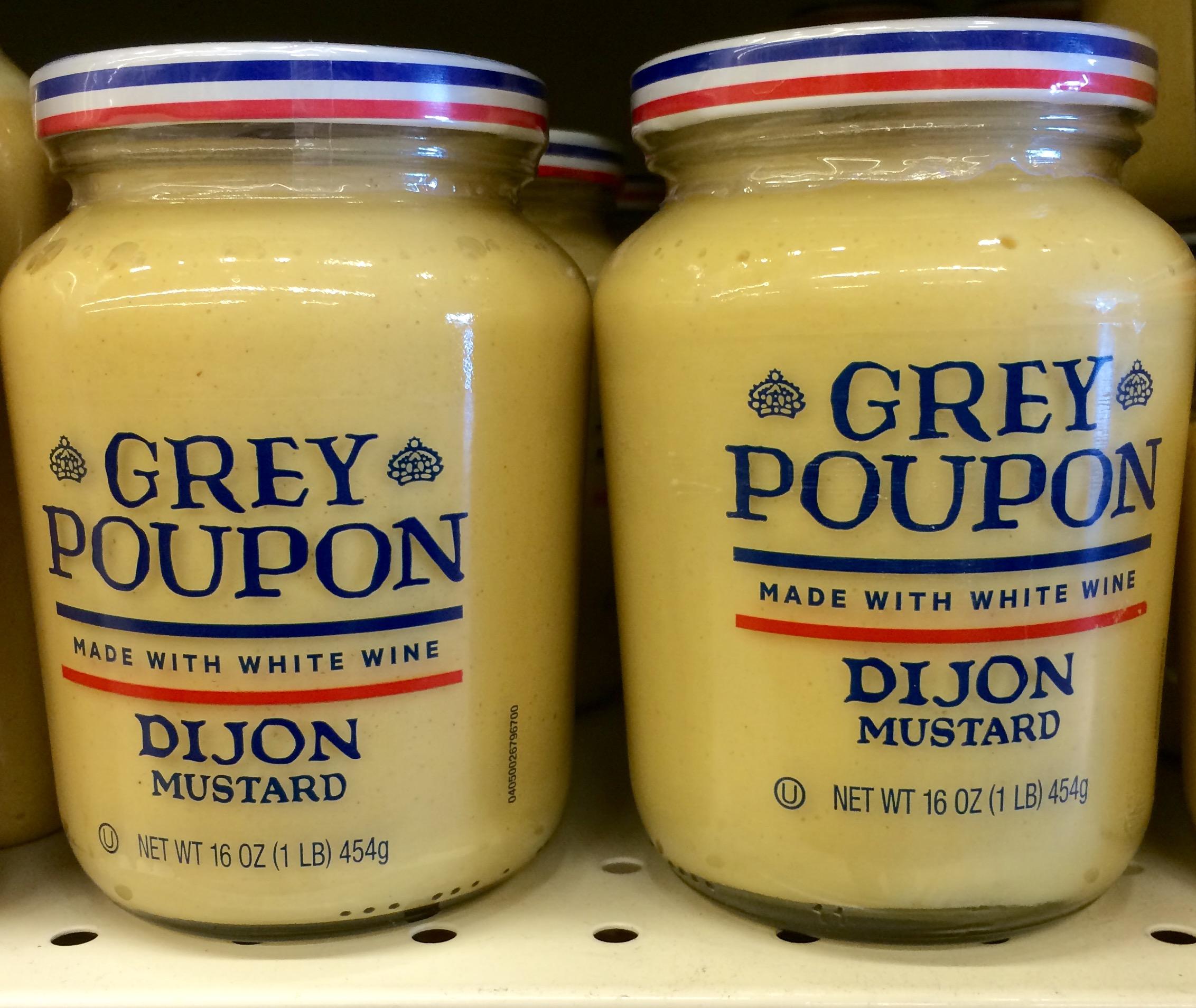
Kevin Schafer/Contributor // Getty Images
Kraft Heinz
Sales: $26.04 billion
Market value: $52.89 billion
Number of product categories: 8
Conglomerates look to mergers and acquisitions to boost growth, and the 2015 merger between food giants Kraft and Heinz created an even more major player in the industry. Its brands include Oscar Mayer, Ore-Ida, CapriSun, Maxwell House, Jell-O, Stove Top, and Grey Poupon. Kraft Heinz has subsidiaries based in over 25 countries worldwide.
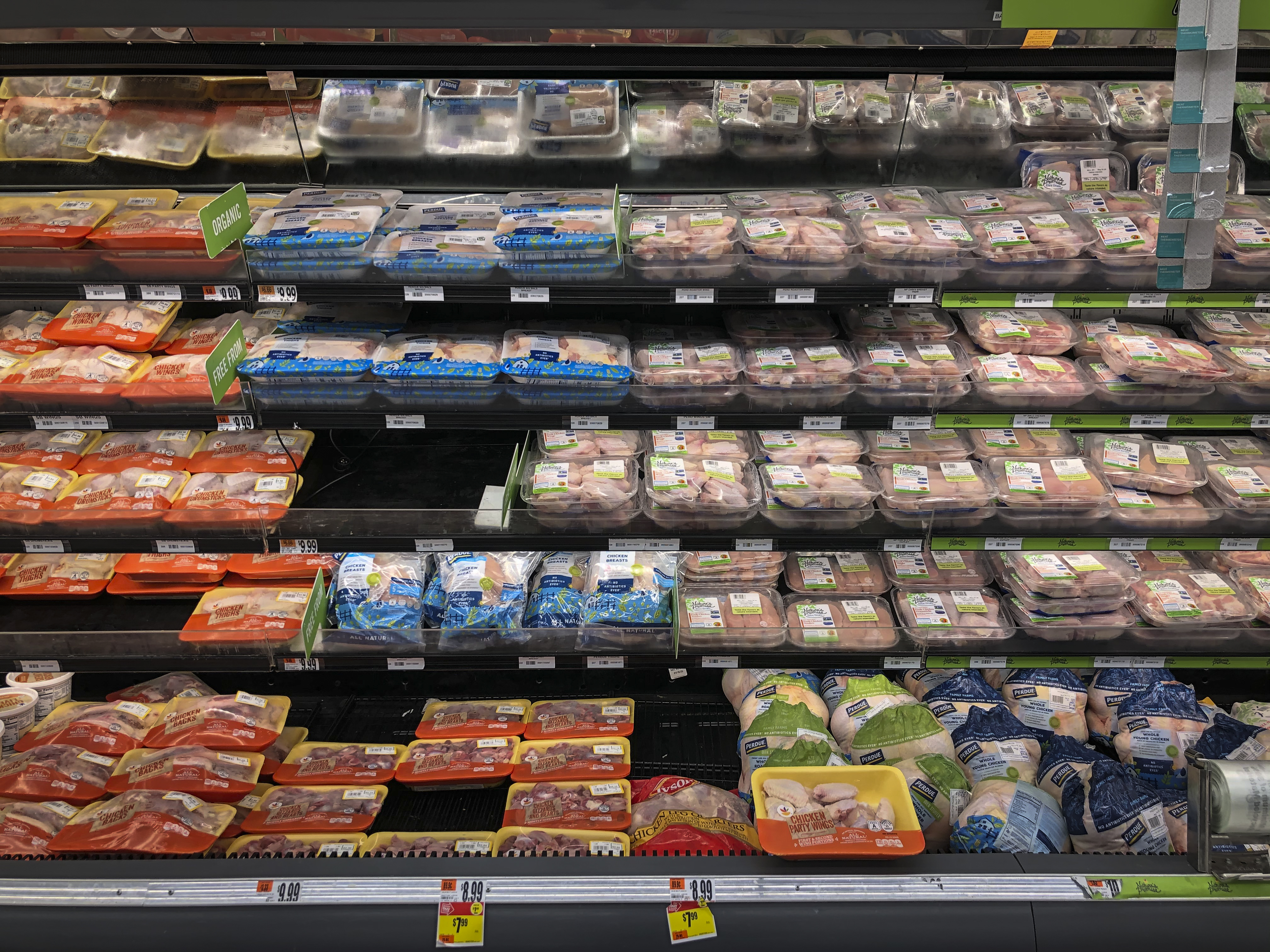
Drew Angerer // Getty Images
Tyson Foods
Sales: $49.52 billion
Market value: $33.74 billion
Number of companies/divisions: 5
One of the big four meat conglomerates in the U.S., Tyson is synonymous with chicken, but it also produces beef, pork, and prepared foods under such brand names as Jimmy Dean, Hillshire Farm, and Sara Lee. Tyson has also gotten into the plant-based meat alternative market with its Raised & Rooted line of nuggets, burgers, and plant-based sausages.

Smith Collection/Gado // Getty Images
KKR
Sales: $19.02 billion
Market value: $30.6 billion
Number of companies/divisions: 10
KKR is a financial services company whose activities include real estate, hedge funds, and credit investments. It also has a private equity arm that owns part or all of 250 companies throughout the world, including 97 U.S.-based companies such as 1-800 Contacts and Epic Games.
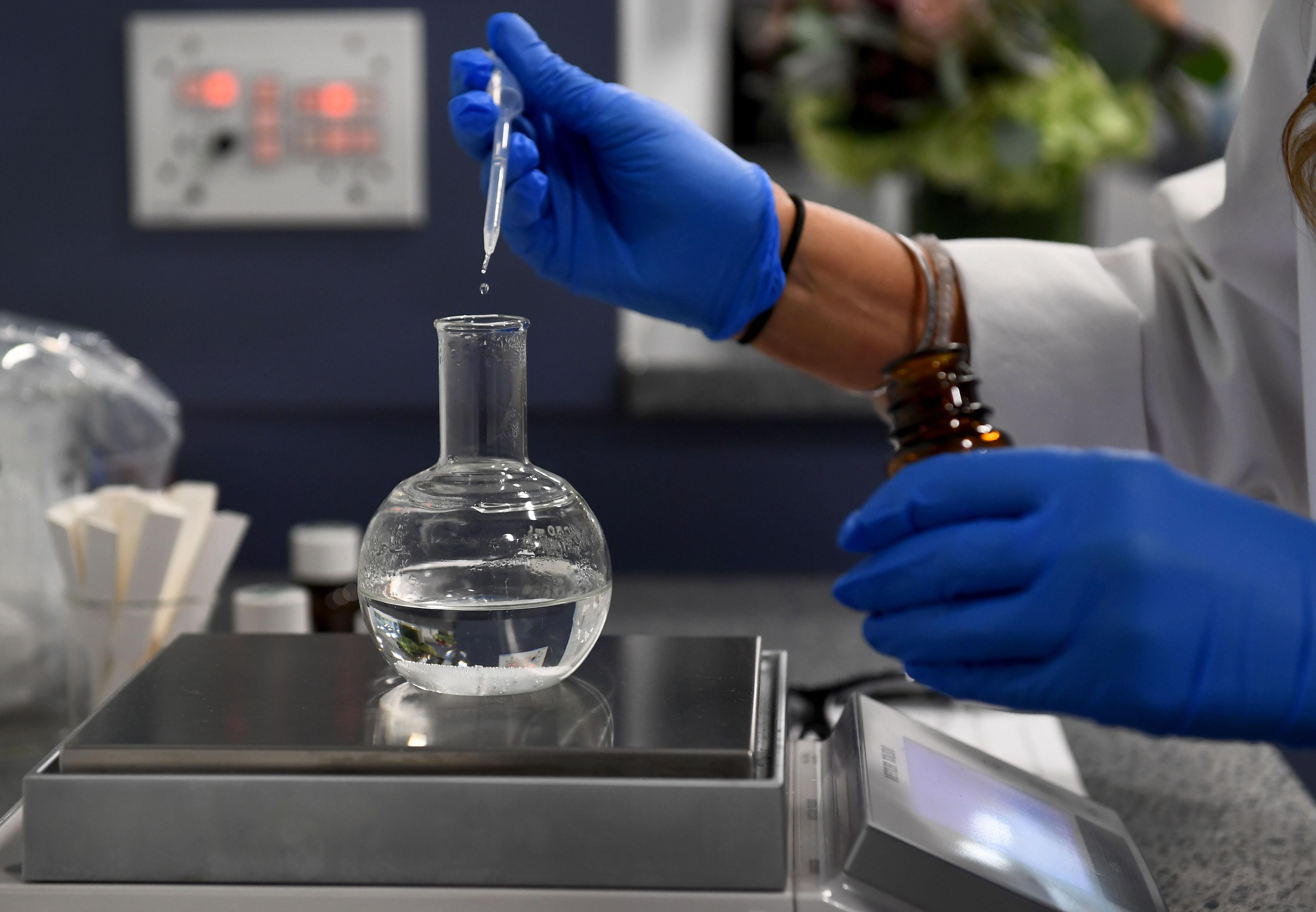
Katherine Frey/The Washington Post // Getty Images
Archer-Daniels-Midland Company
Sales: $85.26 billion
Market value: $51.85 billion
Number of companies/divisions: 5
This agricultural commodities conglomerate creates ingredients for foods, beverages, and supplements—for humans and animals alike. Its industrial biosolutions division makes ingredients for a wide range of industries, including home cleaning, beauty, construction, and renewable energy. In the late 1990s, Archer-Daniels-Midland Company was in the spotlight as company executives were found guilty of price-fixing, a case that became the basis for the Matt Damon movie “The Informant!”
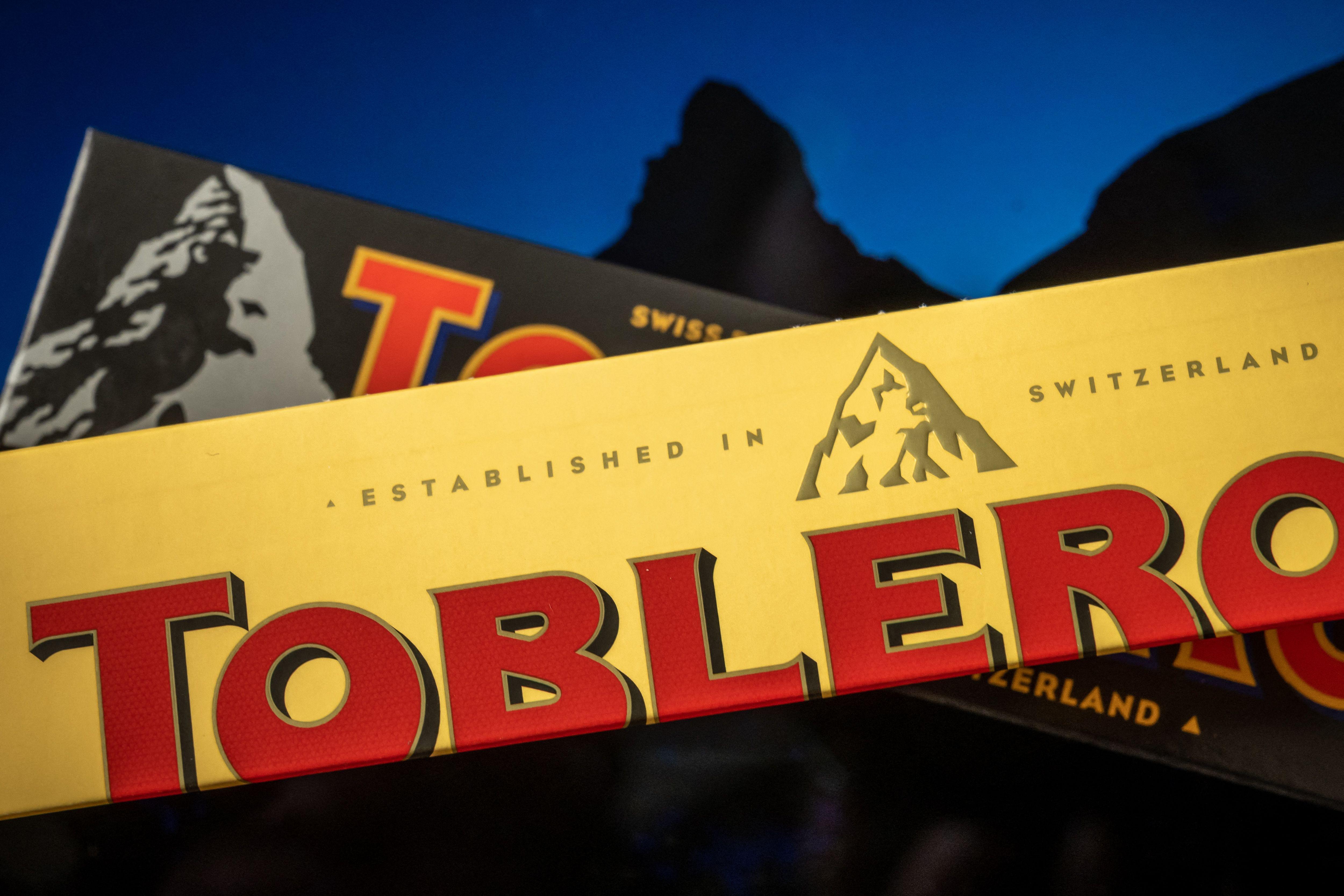
FABRICE COFFRINI/AFP // Getty Images
Mondelez
Sales: $28.72 billion
Market value: $89.98 billion
Number of companies/divisions: 4
Conglomerates will sometimes spin off parts of their company, which is how Mondelēz came into being. It formed in 2012 when Kraft split its snacks and grocery businesses; the grocery business eventually became Kraft Heinz. Mondelēz is a global powerhouse in biscuits, crackers, cookies, confectionery, and gum, with a product portfolio that includes Cadbury, Milka, Toblerone, Oreo, and Ritz.
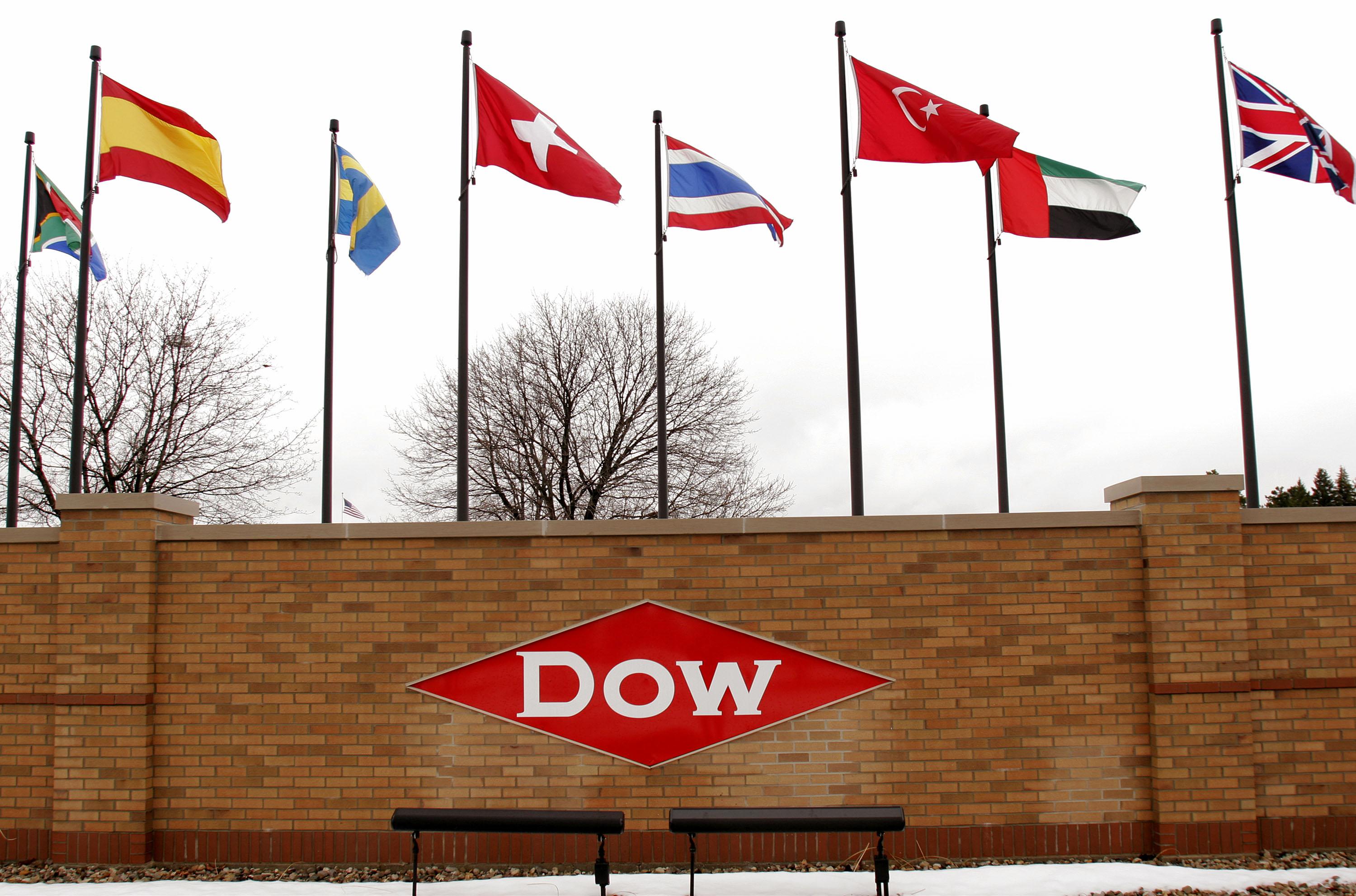
Bill Pugliano // Getty Images
Dow
Sales: $58.35 billion
Market value: $50.35 billion
Number of companies/divisions: 3
Since 1897, Dow has been an innovator in chemicals and material sciences—it’s responsible for inventing Styrofoam and Saran wrap. Its products cover 17 markets touching virtually every aspect of life. Throughout the company’s history, it has grown and shrunk by acquiring companies or selling off divisions. Its current incarnation is a spinoff of the 2017 megamerger of Dow and DuPont.
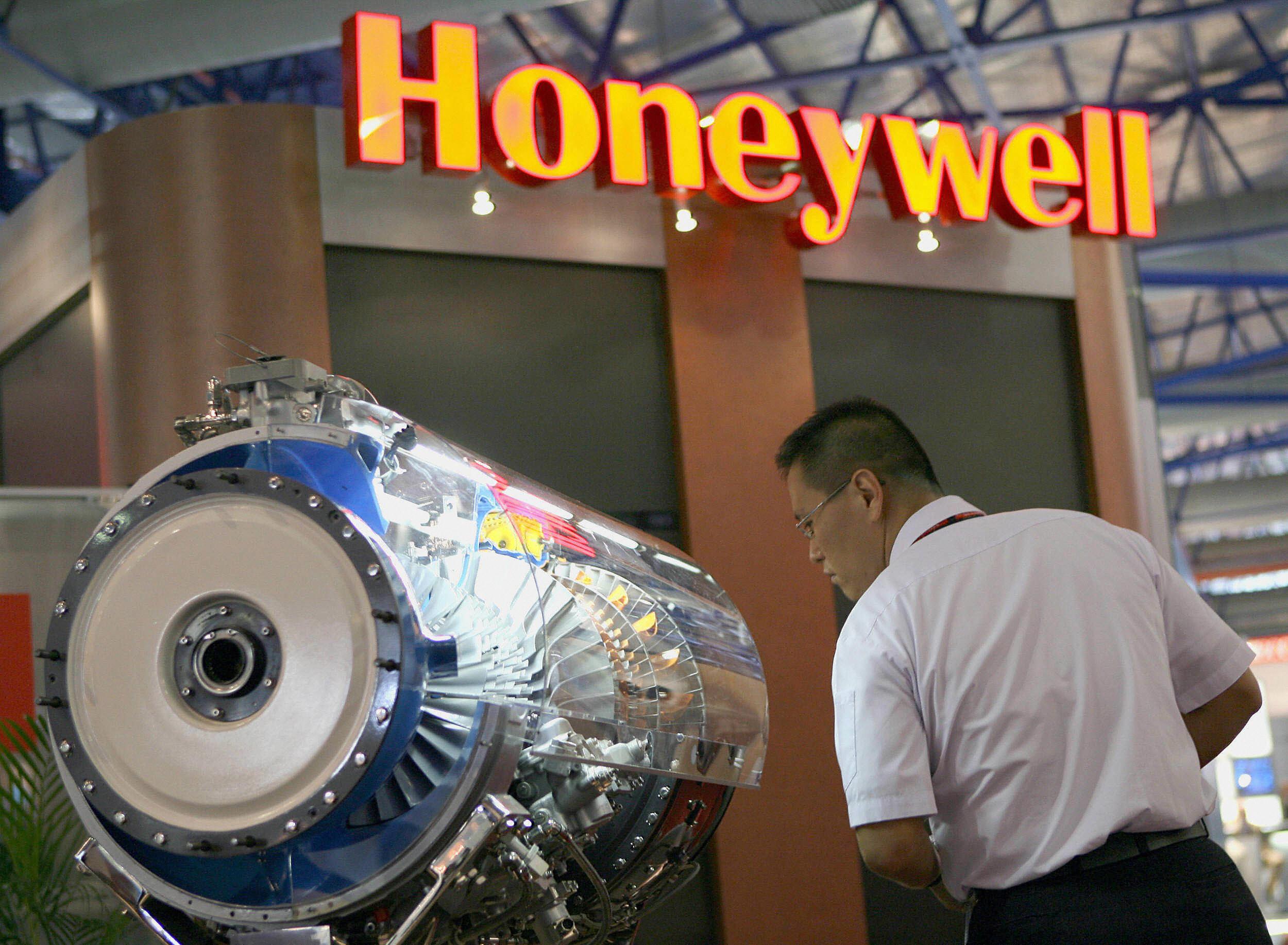
ROSLAN RAHMAN/AFP // Getty Images
Honeywell
Sales: $34.39 billion
Market value: $130.67 billion
Number of companies/divisions: 4
Honeywell is an industrial goods giant that creates components and technologies that go into many homes, office buildings, airplanes, and even space. Its innovations include pioneering the modern thermostat and developing parts for the James Webb Space Telescope.

MANDEL NGAN/AFP // Getty Images
Abbott Laboratories
Sales: $44.51 billion
Market value: $210.98 billion
Number of companies/divisions: 4
This health care conglomerate is a major player in cardiovascular medical devices, and it’s also responsible for diagnostics tests like the BinaxNOW COVID-19 test. Abbott also had about 40% of the market for baby formula until a factory shutdown created a nationwide formula shortage. The debacle has since prompted an ongoing investigation led by the Securities and Exchange Commission and Federal Trade Commission.
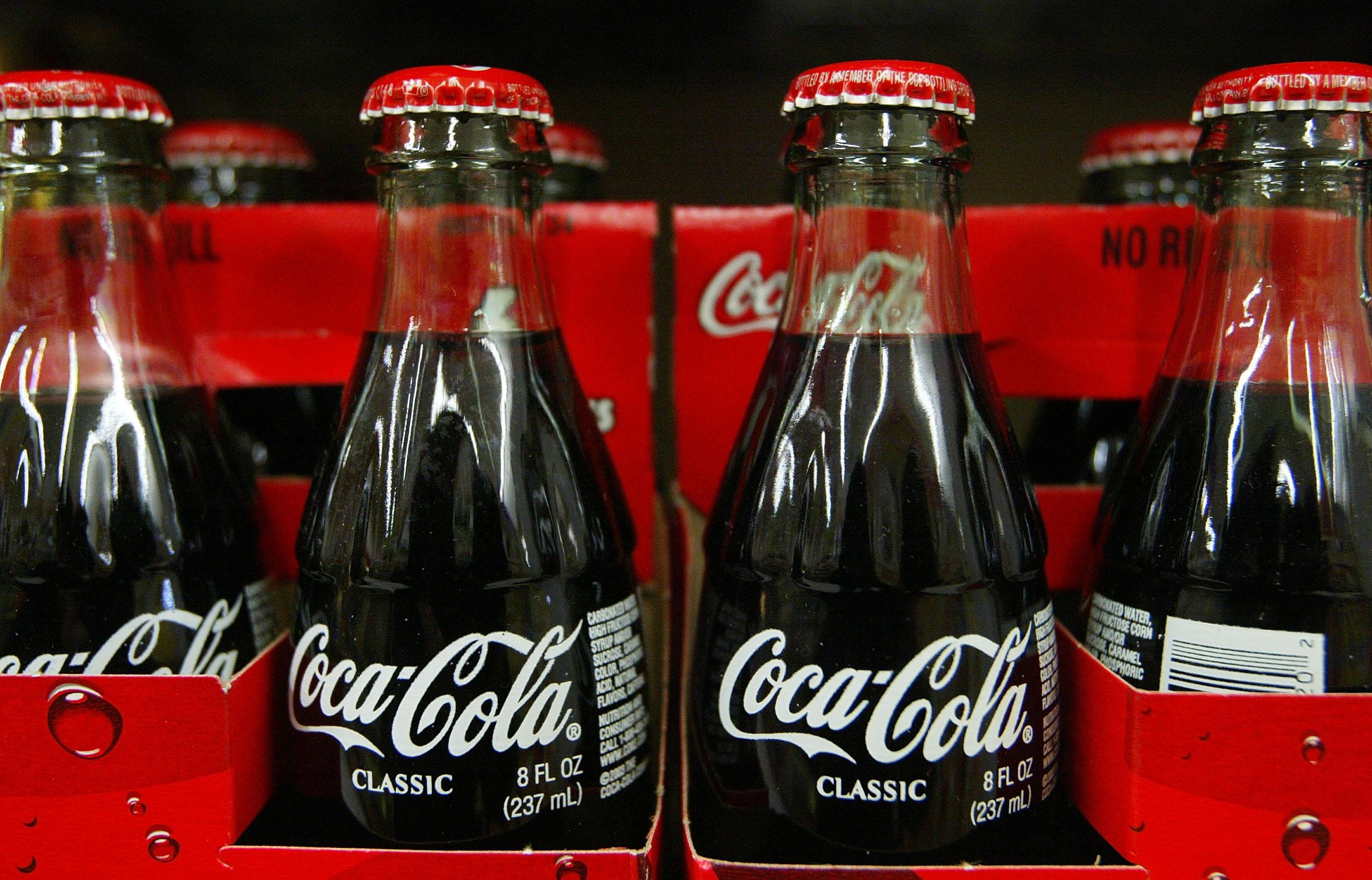
Justin Sullivan // Getty Images
Coca-Cola
Sales: $38.73 billion
Market value: $282.86 billion
Number of companies/divisions: 5
What began as a soft drink company in 1886 has become a worldwide beverage conglomerate with any beverage you want, including water, juice, coffee, and ready-to-drink cocktails. Its 200 brands are found in almost every country and territory in the world, although the company announced in 2022 that it was pulling out of Russia due to the war in Ukraine.
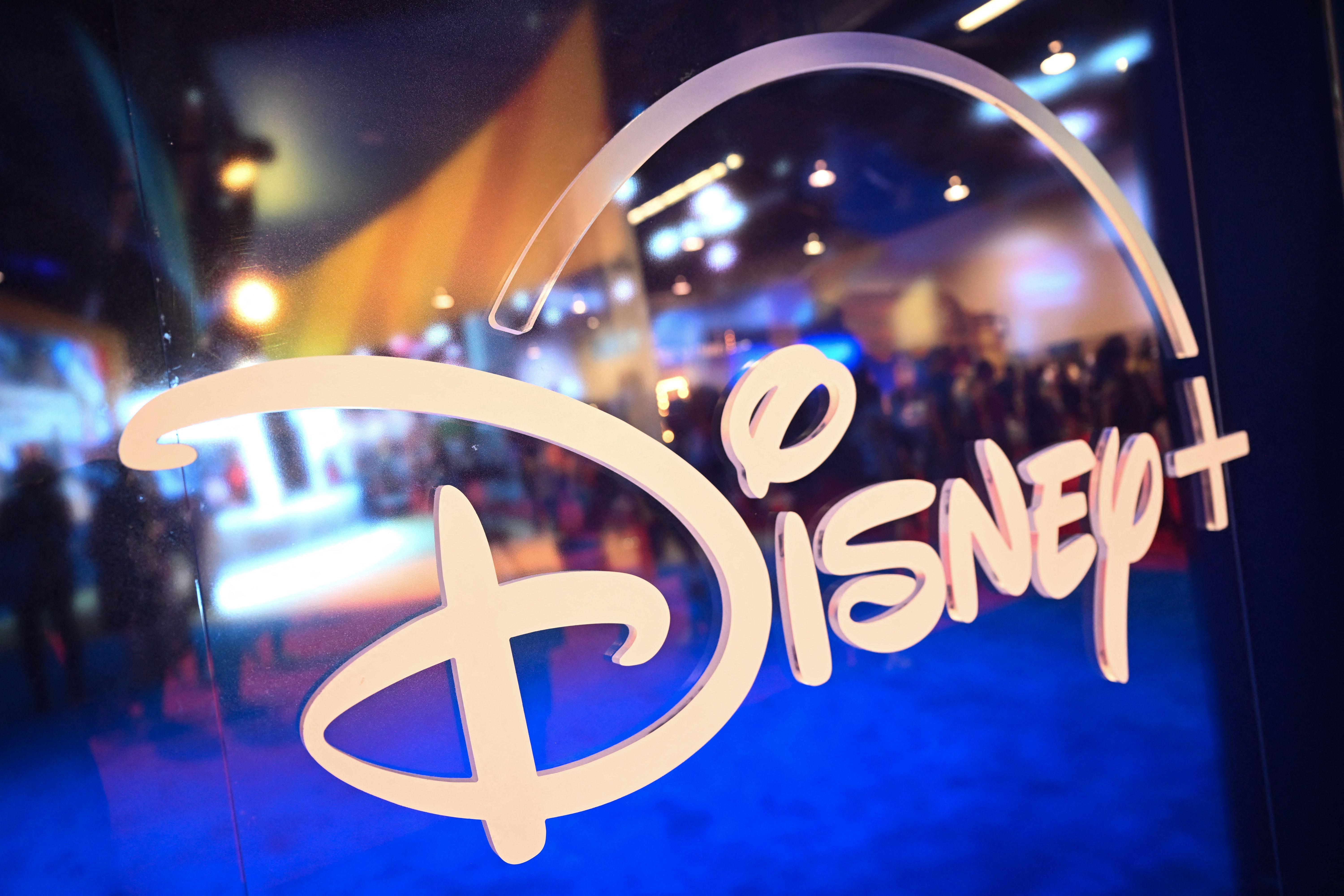
PATRICK T. FALLON/AFP // Getty Images
Walt Disney
Sales: $72.98 billion
Market value: $215.33 billion
Number of companies/divisions: 3
The Walt Disney Company rules the entertainment world. In 2022, it was the top-earning movie studio, and it also surpassed Netflix to become the top streaming service, with 234.7 million subscribers across Disney+, Hulu, and ESPN+ compared to Netflix’s 230.8 million. The company also lures people away from their screens to vacation at its six theme parks, on its cruise ships, and at its other resort properties.
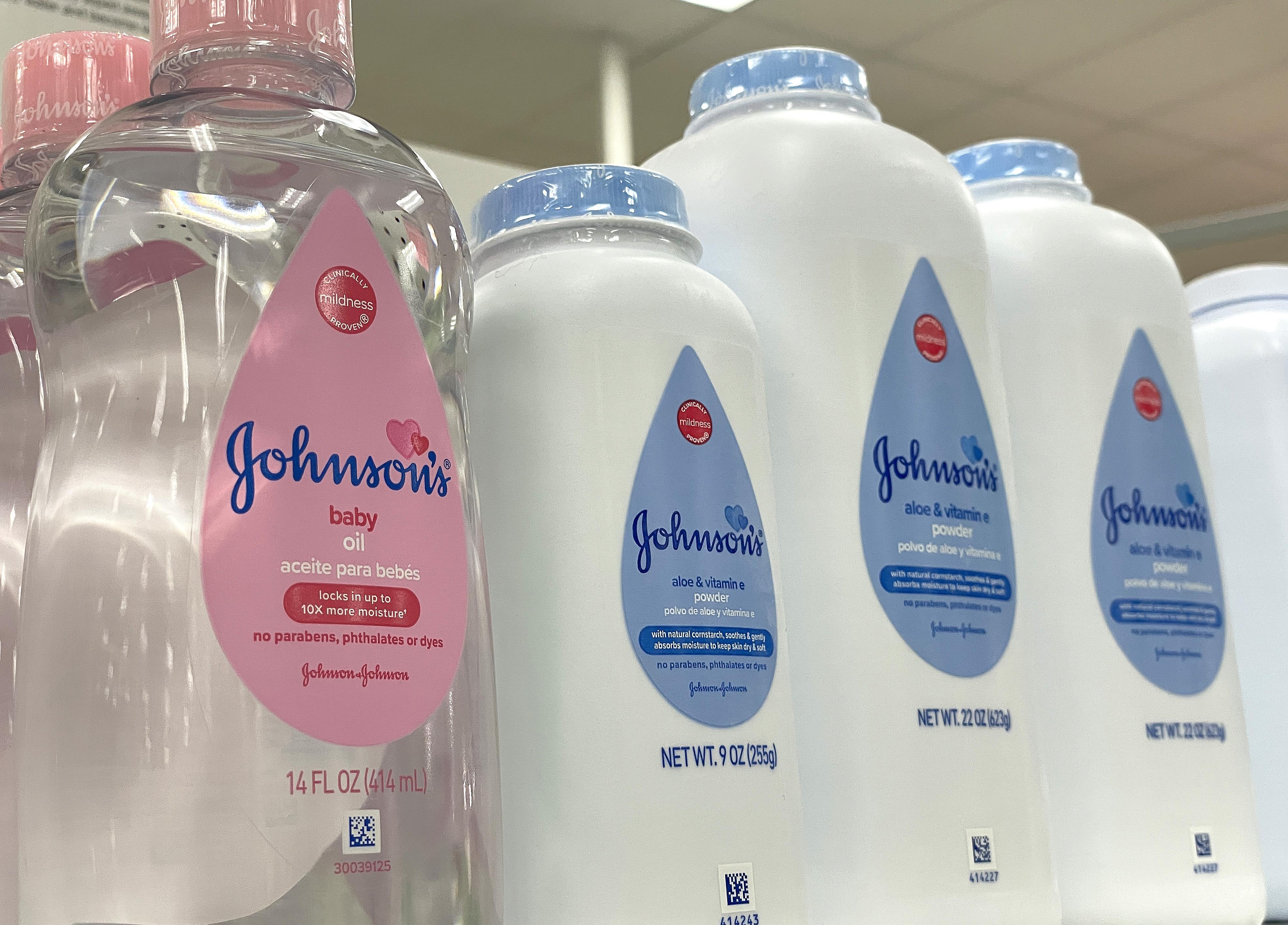
Justin Sullivan // Getty Images
Johnson & Johnson
Sales: $94.88 billion
Market value: $477.38 billion
Number of companies/divisions: 3
Johnson & Johnson produces pharmaceuticals, medical devices, and consumer health products. Its 46 consumer brands include Listerine, Neutrogena, Aveeno, Rogaine, Band-Aid, Tylenol, Nicorette, Motrin, Visine, Pepcid, Stayfree, and Sudafed. The company won’t be a conglomerate much longer—in 2021, it announced a plan to spin off its consumer division into a new publicly traded company by November 2023.
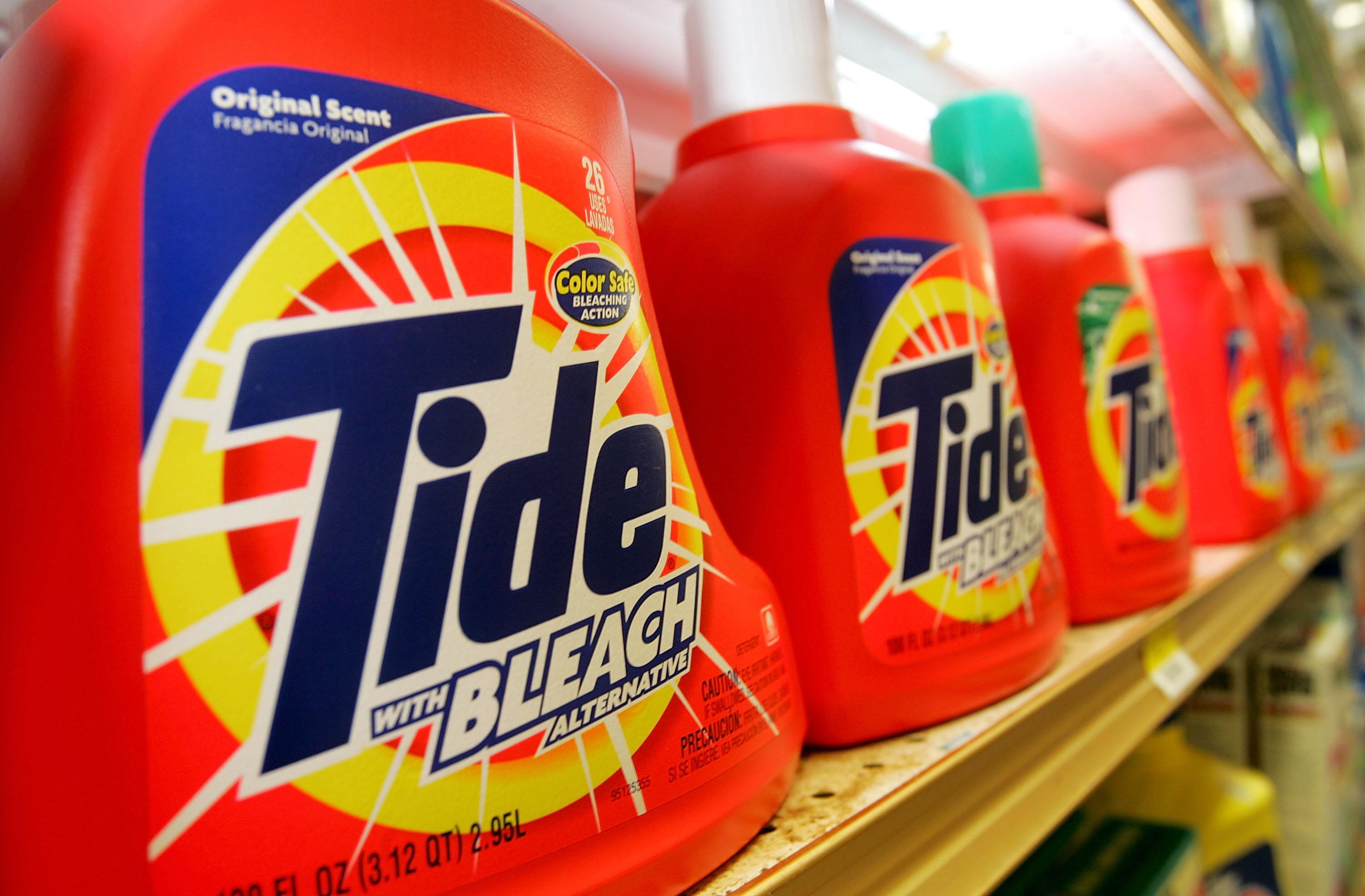
Justin Sullivan // Getty Images
Procter & Gamble
Sales: $79.62 billion
Market value: $386.53 billion
Number of companies/divisions: 5
Although it’s still a major consumer goods conglomerate, over the last 12 years, Procter & Gamble has sold off many brands like Duracell and Pringles—which it invented—to focus on personal care, cleaning, and baby products. It has a commanding market share in numerous categories, including 60% of the global razors and blades market and 35% of the global fabric care market. It’s also a key competitor in hair care, oral care, and diapers, with 20% of the global market in each category.
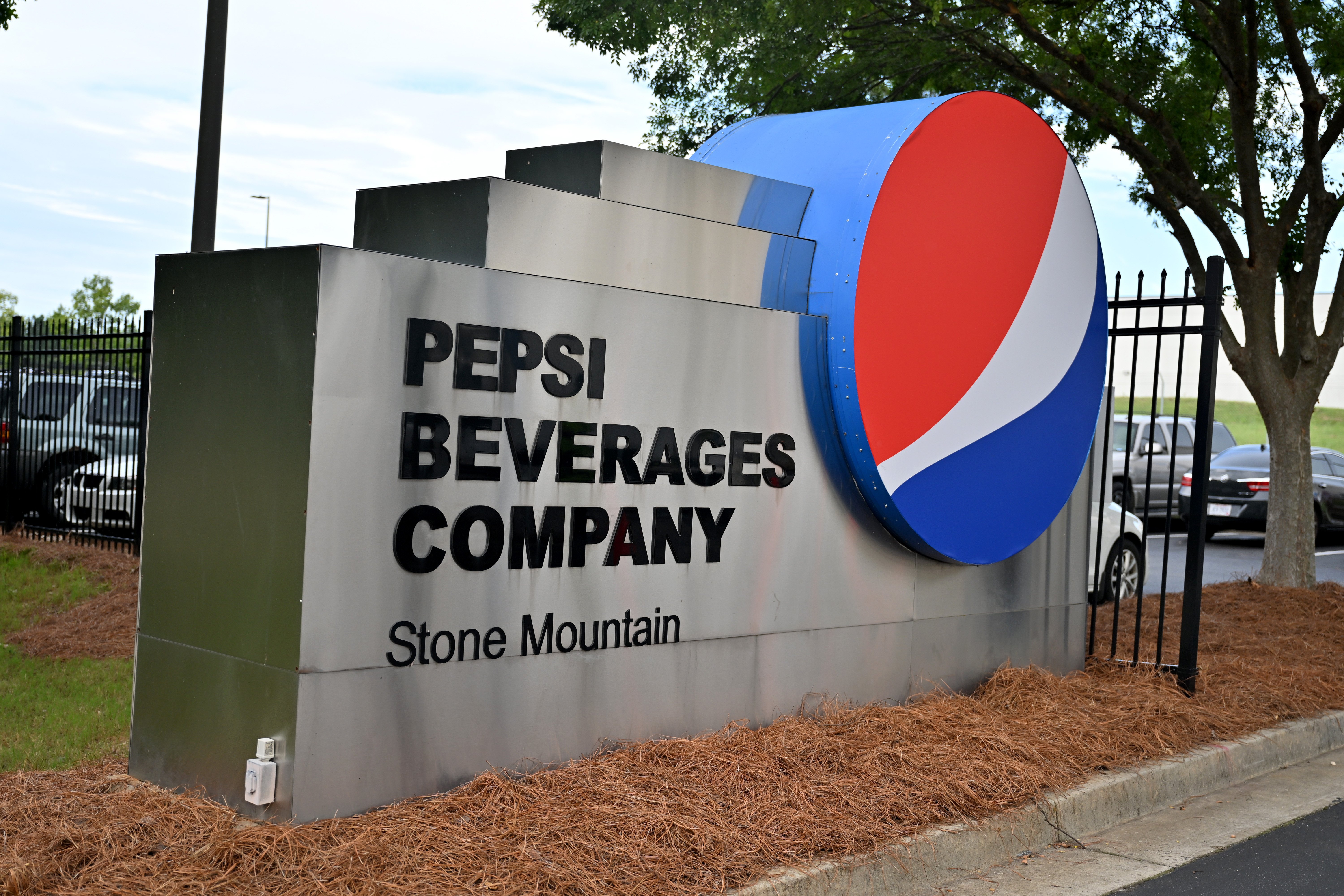
Derek White/Getty Images for Pepsi // Getty Images
PepsiCo
Sales: $79.47 billion
Market value: $238.13 billion
Number of divisions: 7
When it comes to convenience, PepsiCo is up to the challenge. Beyond its namesake soft drinks, it also manufactures numerous brands under the Frito-Lay label, quick breakfast foods under the Quaker label, and Gatorade sports hydration drinks. In 2018, it acquired SodaStream as a new way to reach customers who mix their own beverages at home.
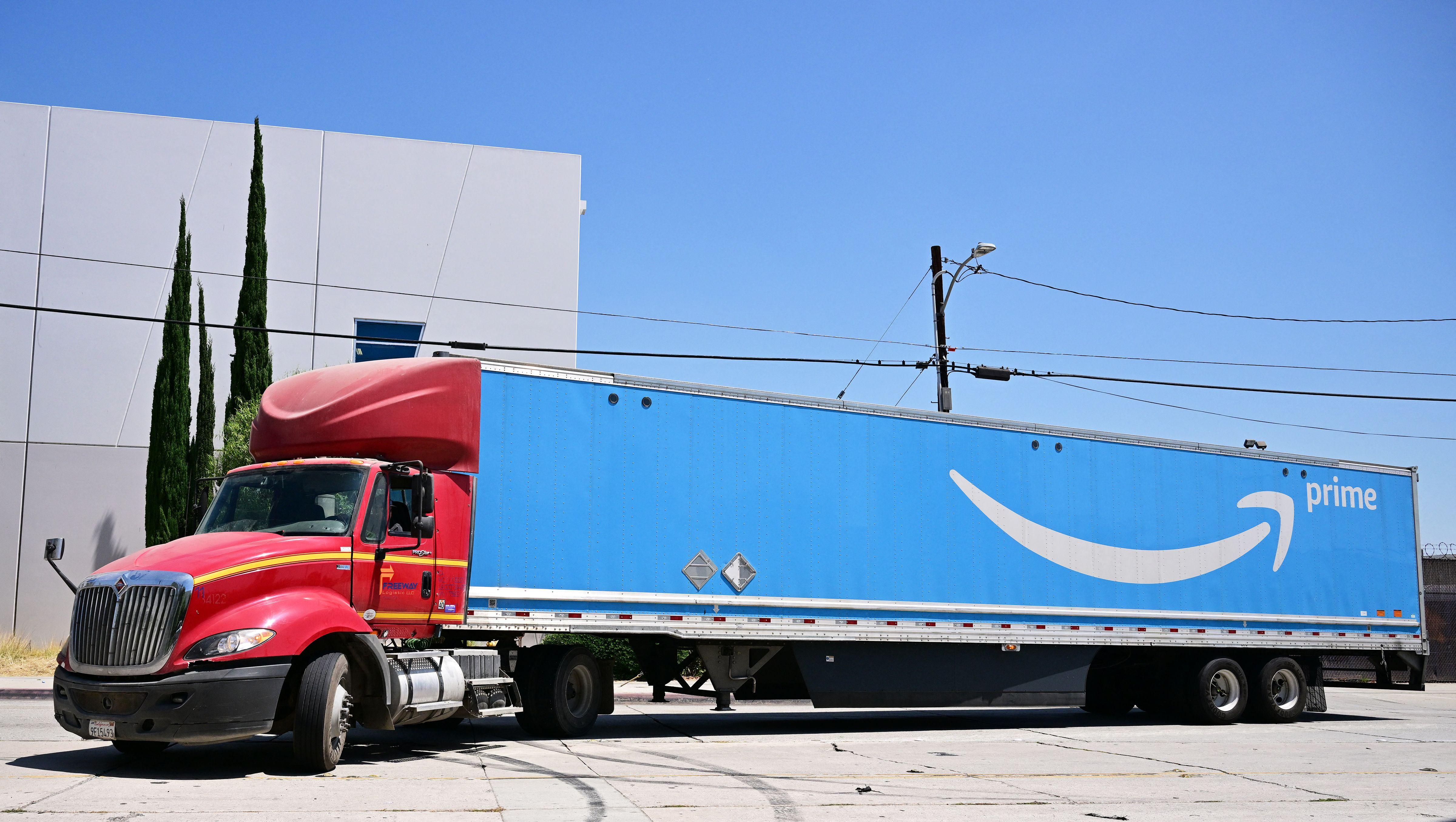
FREDERIC J. BROWN/AFP // Getty Images
Amazon
Sales: $469.82 billion
Market value: $1.5 trillion
Number of divisions: 3
What started in 1995 as an online bookseller has become a behemoth most Americans use daily. The company is the #2 retailer in the country; it manufactures electronic devices like Alexa, Ring, and Kindle; and it produces media content for Amazon Prime. However, its sole profitable division is Amazon Web Services, which controls one-third of the cloud services market.

Scott Olson // Getty Images
Berkshire Hathaway
Sales: $276.09 billion
Market value: $741.48 billion
Number of divisions: 8
Legendary investor Warren Buffett’s holding company is vast and varied, based on a philosophy of acquiring troubled companies with the goal of turning them around. In the car insurance market, its GEICO brand is ranked second in the country in market share. It also owns Burlington Northern Santa Fe railroad company, numerous energy utilities and gas pipelines, the business jet charting company NetJets, and consumer manufacturers and retailers such as Fruit of the Loom and Duracell.
This story originally appeared on CouponBirds and was produced and
distributed in partnership with Stacker Studio.
Founded in 2017, Stacker combines data analysis with rich editorial context, drawing on authoritative sources and subject matter experts to drive storytelling.
You may like
Business
Cashiers vs. digital ordering: What do people want, and at what cost?
Published
2 hours agoon
April 26, 2024
You walk into a fast-food restaurant on your lunch break. You don’t see a cashier but instead a self-service kiosk, a technology that is becoming the new norm in eateries across the country. The kiosks usually offer customers a menu to scroll through and pictures of meals and specials with prompts to select their food and submit their payment in one place.
Self-service kiosks are big business. In fact, the market for self-service products is expected to grow from a $40.3 billion market value in 2022 to $63 billion by 2027, according to a report from BCC Research. Consumers do have mixed opinions about the kiosks, but about 3 out of 5 surveyed consumers reported that they were likely to use self-service kiosks, according to the National Restaurant Association. The technology, while expensive, can boost businesses’ bottom lines in the long run.
Task Group summarized the rise in digital ordering over the past couple of years, its acceptance among customers, and a cost analysis of adopting the technology.
Self-service kiosks—digital machines or display booths—are generally placed in high-traffic areas. They can be used for different reasons, including navigating a store or promoting a product. Interactive self-service kiosks in particular are meant for consumers to place orders with little to no assistance from employees.
The idea of kiosks isn’t new. The concept of self-service was first introduced in the 1880s when the first types of kiosks appeared as vending machines selling items like gum and postcards. In the present age of technology, the trend of self-service has only grown. Restaurants such as McDonald’s and Starbucks have already tried out cashierless technology.
From a business perspective, the kiosks offer a huge upside. While many employers are looking for workers, they’re having a hard time finding staff. In the midst of the COVID-19 pandemic, employers struggled with a severe employee shortage. Since then, the problem has continued. In 2022, the National Restaurant Association reported that 65% of restaurant operators didn’t have enough workers on staff to meet consumer demand. With labor shortages running rampant, cashierless technology could help restaurants fill in for the lack of human employees.
The initial investment for the kiosks can be high. The general cost per kiosk is difficult to quantify, with one manufacturer estimating a range of $1,500 to $20,000 per station. However, with the use of kiosks, restaurants may not need as many cashiers or front-end employees, instead reallocating workers’ time to other tasks.
In May 2022, the hourly mean wage for cashiers who worked in restaurants and other eating establishments was $12.99, according to the Bureau of Labor Statistics. Kiosks could cost less money than a cashier in the long run.
But how do the customers themselves feel about the growing trend? According to a Deloitte survey, 62% of respondents report that they were “somewhat likely” to order from a cashierless restaurant if given the chance to do so. The same survey reported that only 19% of respondents had experience with a cashierless restaurant.
What would it mean for society if restaurants did decide to go completely cashierless? Well, millions of positions would likely no longer be necessary. One report suggests 82% of restaurant positions could be replaced by robots, a prospect making automation appealing to owners who can’t find staff to hire.
Due to the ongoing labor shortage, employers have tried raising employee wages. Papa John’s, Texas Roadhouse, and Chipotle were among the restaurant companies that increased employee pay or offered bonuses in an attempt to hire and retain more workers. Meanwhile, some companies have decided to use technology to perform those jobs instead, so that they wouldn’t have to put effort into hiring or focus their existing staff on other roles.
Story editing by Ashleigh Graf and Jeff Inglis. Copy editing by Tim Bruns.
![]()
Founded in 2017, Stacker combines data analysis with rich editorial context, drawing on authoritative sources and subject matter experts to drive storytelling.

It’s well-documented that the surest, and often best, return on investments comes from playing the long game. But between stocks and real estate, which is the stronger bet?
To find out, financial planning firm Wealth Enhancement Group analyzed data from academic research, Standard and Poor’s, and Nareit to see how real estate compares to stocks as an investment.
Data going back to 1870 shows the well-established power of real estate as a powerful “long-run investment.” From 1870-2015, and after adjusting for inflation, real estate produced an average annual return of 7.05%, compared to 6.89% for equities. These findings, published in the 2019 issue of The Quarterly Journal of Economics, illustrate that stocks can deviate as much as 22% from their average, while housing only spreads out 10%. That’s because despite having comparable returns, stocks are inherently more volatile due to following the whims of the business cycle.
Real estate has inherent benefits, from unlocking cash flow and offering tax breaks to building equity and protecting investors from inflation. Investments here also help to diversify a portfolio, whether via physical properties or a real estate investment trust. Investors can track markets with standard resources that include the S&P CoreLogic Case-Shiller Home Price Indices, which tracks residential real estate prices; the Nareit U.S. Real Estate Index, which gathers data on the real estate investment trust, or REIT, industry; and the S&P 500, which tracks the stocks of 500 of the largest companies in the U.S.
High interest rates and a competitive market dampened the flurry of real-estate investments made in the last four years. The rise in interest rates equates to a bigger borrowing cost for investors, which can spell big reductions in profit margins. That, combined with the risk of high vacancies, difficult tenants, or hidden structural problems, can make real estate investing a less attractive option—especially for first-time investors.
Keep reading to learn more about whether real estate is a good investment today and how it stacks up against the stock market.
![]()

Wealth Enhancement Group
Stocks and housing have both done well
REITs can offer investors the stability of real estate returns without bidding wars or hefty down payments. A hybrid model of stocks and real estate, REITs allow the average person to invest in businesses that finance or own income-generating properties.
REITs delivered slightly better returns than the S&P 500 over the past 20-, 25-, and 50-year blocks. However, in the short term—the last 10 years, for instance—stocks outperformed REITs with a 12% return versus 9.5%, according to data compiled by The Motley Fool investor publication.
Whether a new normal is emerging that stocks will continue to offer higher REITs remains to be seen.
This year, the S&P 500 reached an all-time high, courtesy of investor enthusiasm in speculative tech such as artificial intelligence. However, just seven tech companies, dubbed “The Magnificent 7,” are responsible for an outsized amount of the S&P’s returns last year, creating worry that there may be a tech bubble.
While indexes keep a pulse on investment performance, they don’t always tell the whole story. The Case-Shiller Index only measures housing prices, for example, which leaves out rental income (profit) or maintenance costs (loss) when calculating the return on residential real estate investment.

Wealth Enhancement Group
Housing returns have been strong globally too
Like its American peers, the global real estate market in industrialized nations offers comparable returns to the international stock market.
Over the long term, returns on stocks in industrialized nations is 7%, including dividends, and 7.2% in global real estate, including rental income some investors receive from properties. Investing internationally may have more risk for American buyers, who are less likely to know local rules and regulations in foreign countries; however, global markets may offer opportunities for a higher return. For instance, Portugal’s real estate market is booming due to international visitors deciding to move there for a better quality of life. Portugal’s housing offers a 6.3% return in the long term, versus only 4.3% for its stock market.
For those with deep enough pockets to stay in, investing in housing will almost always bear out as long as the buyer has enough equity to manage unforeseen expenses and wait out vacancies or slumps in the market. Real estate promises to appreciate over the long term, offers an opportunity to collect rent for income, and allows investors to leverage borrowed capital to increase additional returns on investment.
Above all, though, the diversification of assets is the surest way to guarantee a strong return on investments. Spreading investments across different assets increases potential returns and mitigates risk.
Story editing by Nicole Caldwell. Copy editing by Paris Close. Photo selection by Lacy Kerrick.
This story originally appeared on Wealth Enhancement Group and was produced and
distributed in partnership with Stacker Studio.
Founded in 2017, Stacker combines data analysis with rich editorial context, drawing on authoritative sources and subject matter experts to drive storytelling.
Business
5 tech advancements sports venues have added since your last event
Published
1 week agoon
April 19, 2024
In today’s digital climate, consuming sports has never been easier. Thanks to a plethora of streaming sites, alternative broadcasts, and advancements to home entertainment systems, the average fan has myriad options to watch and learn about their favorite teams at the touch of a button—all without ever having to leave the couch.
As a result, more and more sports venues have committed to improving and modernizing their facilities and fan experiences to compete with at-home audiences. Consider using mobile ticketing and parking passes, self-service kiosks for entry and ordering food, enhanced video boards, and jumbotrons that supply data analytics and high-definition replays. These innovations and upgrades are meant to draw more revenue and attract various sponsored partners. They also deliver unique and convenient in-person experiences that rival and outmatch traditional ways of enjoying games.
In Los Angeles, the Rams and Chargers’ SoFi Stadium has become the gold standard for football venues. It’s an architectural wonder with closer views, enhanced hospitality, and a translucent roof that cools the stadium’s internal temperature.
The Texas Rangers’ ballpark, Globe Life Field, added field-level suites and lounges that resemble the look and feel of a sports bar. Meanwhile, the Los Angeles Clippers are building a new arena (in addition to retail space, team offices, and an outdoor public plaza) that will seat 18,000 people and feature a fan section called The Wall, which will regulate attire and rooting interest.
It’s no longer acceptable to operate with old-school facilities and technology. Just look at Commanders Field (formerly FedExField), home of the Washington Commanders, which has faced criticism for its faulty barriers, leaking ceilings, poor food options, and long lines. Understandably, the team has been attempting to find a new location to build a state-of-the-art stadium and keep up with the demand for high-end amenities.
As more organizations audit their stadiums and arenas and keep up with technological innovations, Uniqode compiled a list of the latest tech advancements to coax—and keep—fans inside venues.
![]()
Jeff Gritchen/MediaNews Group/Orange County Register // Getty Images
Just Walk Out technology
After successfully installing its first cashierless grocery store in 2020, Amazon has continued to put its tracking technology into practice.
In 2023, the Seahawks incorporated Just Walk Out technology at various merchandise stores throughout Lumen Field, allowing fans to purchase items with a swipe and scan of their palms.
The radio-frequency identification system, which involves overhead cameras and computer vision, is a substitute for cashiers and eliminates long lines.
RFID is now found in a handful of stadiums and arenas nationwide. These stores have already curbed checkout wait times, eliminated theft, and freed up workers to assist shoppers, according to Jon Jenkins, vice president of Just Walk Out tech.
Billie Weiss/Boston Red Sox // Getty Images
Self-serve kiosks
In the same vein as Amazon’s self-scanning technology, self-serve kiosks have become a more integrated part of professional stadiums and arenas over the last few years. Some of these function as top-tier vending machines with canned beers and nonalcoholic drinks, shuffling lines quicker with virtual bartenders capable of spinning cocktails and mixed drinks.
The kiosks extend past beverages, as many college and professional venues have started using them to scan printed and digital tickets for more efficient entrance. It’s an effort to cut down lines and limit the more tedious aspects of in-person attendance, and it’s led various competing kiosk brands to provide their specific conveniences.
Kyle Rivas // Getty Images
Mobile ordering
Is there anything worse than navigating the concourse for food and alcohol and subsequently missing a go-ahead home run, clutch double play, or diving catch?
Within the last few years, more stadiums have eliminated those worries thanks to contactless mobile ordering. Fans can select food and drink items online on their phones to be delivered right to their seats. Nearly half of consumers said mobile app ordering would influence them to make more restaurant purchases, according to a 2020 study at PYMNTS. Another study showed a 22% increase in order size.
Many venues, including Yankee Stadium, have taken notice and now offer personalized deliveries in certain sections and established mobile order pick-up zones throughout the ballpark.
Darrian Traynor // Getty Images
QR codes at seats
Need to remember a player’s name? Want to look up an opponent’s statistics at halftime? The team at Digital Seat Media has you covered.
Thus far, the company has added seat tags to more than 50 venues—including two NFL stadiums—with QR codes to promote more engagement with the product on the field. After scanning the code, fans can access augmented reality features, look up rosters and scores, participate in sponsorship integrations, and answer fan polls on the mobile platform.
Boris Streubel/Getty Images for DFL // Getty Images
Real-time data analytics and generative AI
As more venues look to reinvigorate the in-stadium experience, some have started using generative artificial intelligence and real-time data analytics. Though not used widely yet, generative AI tools can create new content—text, imagery, or music—in conjunction with the game, providing updates, instant replays, and location-based dining suggestions
Last year, the Masters golf tournament even began including AI score projections in its mobile app. Real-time data is streamlining various stadium pitfalls, allowing operation managers to monitor staffing issues at busy food spots, adjust parking flows, and alert custodians to dirty or damaged bathrooms. The data also helps with security measures. Open up an app at a venue like the Honda Center in Anaheim, California, and report safety issues or belligerent fans to help better target disruptions and preserve an enjoyable experience.
Story editing by Nicole Caldwell. Copy editing by Paris Close. Photo selection by Lacy Kerrick.
This story originally appeared on Uniqode and was produced and
distributed in partnership with Stacker Studio.
Founded in 2017, Stacker combines data analysis with rich editorial context, drawing on authoritative sources and subject matter experts to drive storytelling.
Featured
-

 Business5 months ago
Business5 months agomesh conference goes deep on AI, with experts focusing in on training, ethics, and risk
-

 Business4 months ago
Business4 months agoSkill-based hiring is the answer to labour shortages, BCG report finds
-

 People4 months ago
People4 months agoHow connected technologies trim rework and boost worker safety in hands-on industries
-

 Events3 months ago
Events3 months agoThe Northern Lights Technology & Innovation Forum comes to Calgary next month
-

 Events6 months ago
Events6 months agoTop 5 tech and digital transformation events to wrap up 2023






